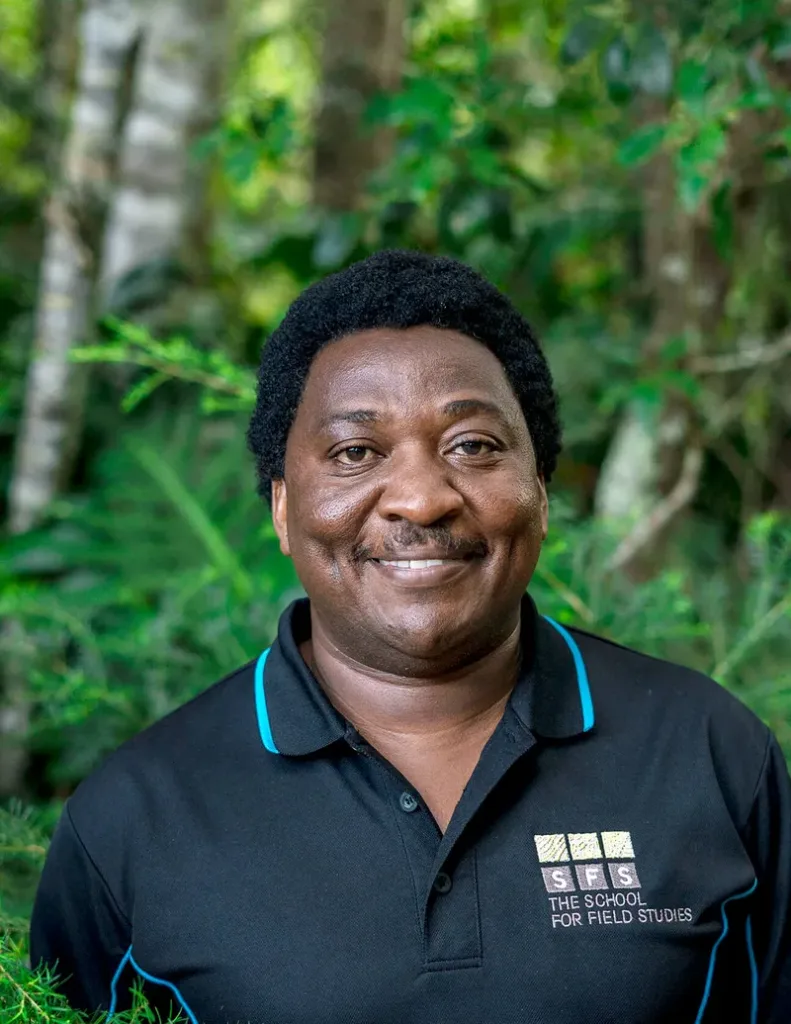
By: Justus Kithiia, PhD
The Delta: Where the Mekong Meets the Sea
Our first group of students has already spent half a semester with the SFS Mekong program. After spending six weeks in Cambodia learning various aspects about conservation, livelihoods, and environmental ethics, they are now in Vietnam learning about the hydrology, climate change mitigation, farming systems, land use, and water governance of the Mekong Delta from professors at Can Tho University who are experts in the field.
In addition to the lectures, we have taken two field trips. For the first field trip, we visited Tra Su natural reserve, a unique wetland ecosystem located in An Giang province in western portion of the Mekong Delta about 10 km from the Cambodian border. The Tra Su ecosystem is dominated by Melaleuca forest (M. cajuputi), and is one of the last few places in Southeast Asia that sustains this type of forest. This forest provides both direct and indirect benefit to the locals in term of fuel wood, building materials, non-timber forest products (e.g. honey, cajuput oil), tourist revenue, and paper productions. Tra Su is also home to a number of endangered and endemic bird species, reptiles, amphibians, and fish. With its unique beauty and biodiversity, Tra Su is one of the most popular tourist attractions in the Delta area amongst both international and local tourists. Conservation and reforestation of the Melalueca forest has become one of the priorities of the Vietnamese government in the Mekong Delta region.

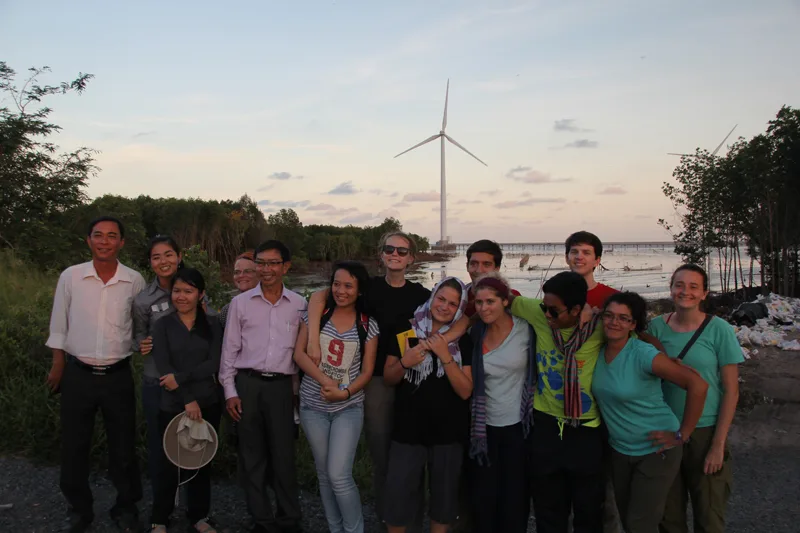
We also visited San Mountain where we observed the semi-dyke and full-dyke farming systems from 700 meters above sea level. In this part of Vietnam, people practice intensive rice farming with three crops a year (in full-dyke system), which has named the region ‘the rice bowl of Vietnam’. This practice is highly intense when compared with Cambodia, where farmers grow only one crop per year.
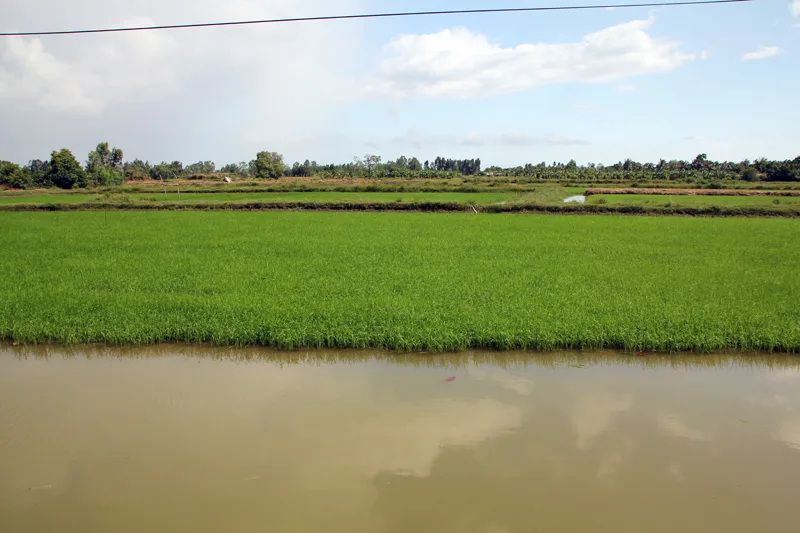
For our second field trip, we visited the coastal area of Soc Trang and Bac Lieu provinces located in the southern part of the delta. First we visited a Khmer pagoda and learned about the flying fox conservation project being implemented by the Buddhist monks there in collaboration with Can Tho University.

We also stopped by a sluice gate that separates freshwater from brackish water for farming purposes. The freshwater zone is used for rice farming, whereas the brackish water zone is used for shrimp farming. We then visited a farm where farmers practice rice-shrimp rotation farming: growing rice during the wet season and raising shrimp during the dry season. At the end of the day, we visited the coastal dykes, which are dominated by two ecosystems: mangrove forest and shrimp farms. The shrimp farms have been built on land once occupied by mangrove forest, and consequently have contributed to the decline of mangrove forest. Protecting the mangroves is a major conservation challenge in the area.


The 2nd day we visited GiZ (German Federal Enterprise) at their Soc Trang office where we learned about their coastal management projects, including mangrove rehabilitation, restoration, protection and management. We were then taken to observe their pilot mangrove plantation on a restored mudflat where t-shape bamboo fences were used to reduce wave erosion. We then visited their mangrove arboretum project site where 26 native mangrove species were planted on land where the forest was destroyed by bombs during the Vietnam War. Our final site for the trip was a mangrove-aquaculture pond, a ‘sustainable integrated shrimp farming’ system where farmers raise shrimp in the mangrove forest.
After visiting these different sites in the Mekong Delta, it is hard for me to imagine what the future of this region would be like as the combined threats from hydropower development upstream and climate change are becoming more imminent.
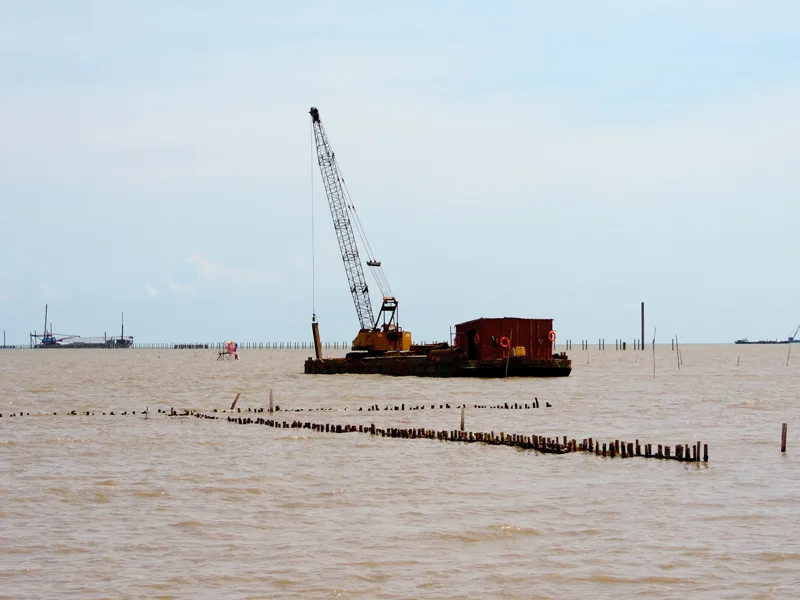
Related Posts
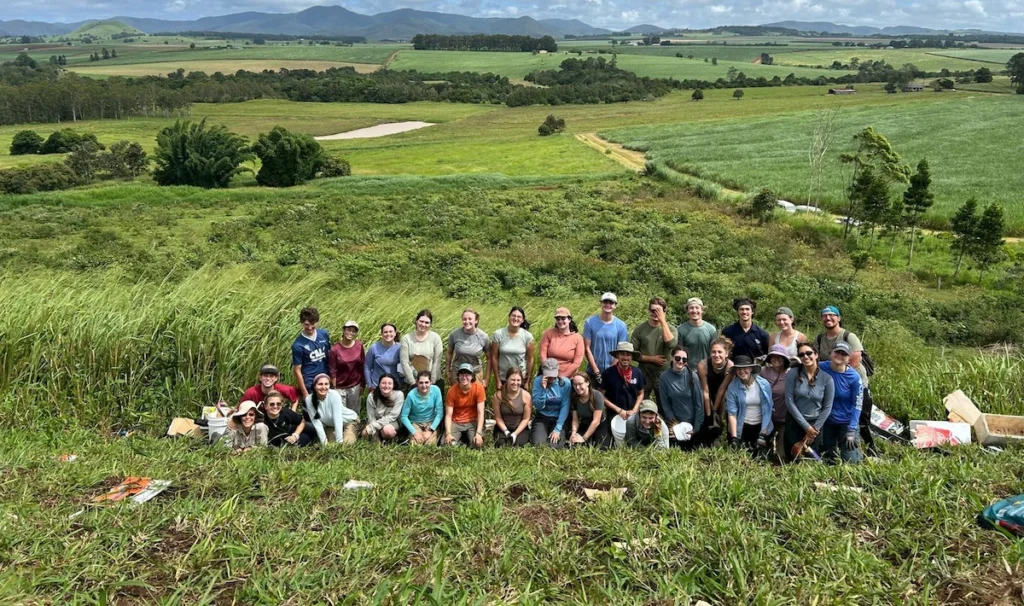
Cinder Cone Chronicles: Lessons from Drought, Data, and Determination

